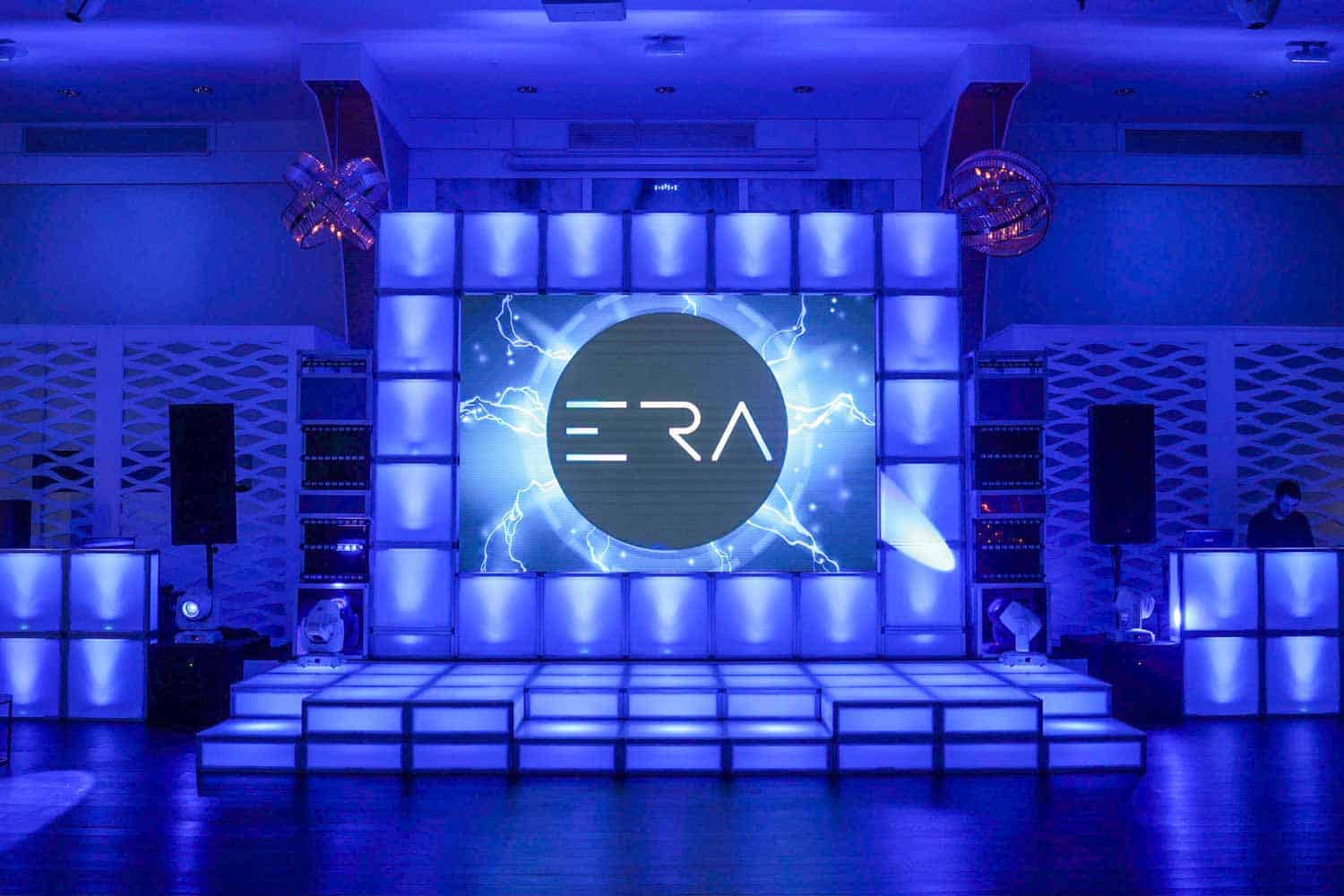Examining the Wide-ranging Connectivity Solutions Available for Light Emitting Diode Display Panels
Examining the Wide-ranging Connectivity Solutions Available for Light Emitting Diode Display Panels
Blog Article
LED display panels have secured popularity for their capacity to deliver crisp visuals in various settings, from corporate environments to event venues. One of the primary aspects of these panels is their interface options, which allow users to connect them to different devices and systems. Understanding the diverse connectivity options supported for Light Emitting Diode wall panels is vital for enhancing their use and effectiveness. This article explores these features, highlighting how they can cater to various needs and preferences.
One common interface method for Light Emitting Diode wall panels is High-Definition Multimedia Interface. High-Definition Multimedia Interface is widely known for delivering high-quality video and audio signals between components. This connection type is particularly beneficial in commercial settings, such as meeting spaces or training rooms, where visual content or video content are often displayed. By using digital connectors, operators can easily connect laptops, projectors, and streaming devices to Light Emitting Diode wall panels, ensuring a sharp and vibrant presentation of information.
Another popular interface option is DisplayPort, which is comparable to HDMI but offers enhanced benefits. DisplayPort can support higher refresh rates and resolutions, making it an ideal choice for interactive media or graphic-intensive applications. For those using LED wall panels in environments where performance is critical, such as competitive gaming venues or creative workspaces, DisplayPort can provide the necessary visual clarity. Moreover, many modern computers and graphics cards include DisplayPort connections, making it a practical solution for tech-savvy users.
In addition to High-Definition Multimedia Interface and Display Port, cordless connectivity methods are becoming progressively prevalent in Light Emitting Diode wall panel solutions. Wireless connections allow operators to share content without the need for physical cables, promoting a cleaner and more adaptable configuration. Platforms such as wireless internet and Bluetooth enable users to link smartphones, tablets, and laptops seamlessly to Luminescent Diode wall panels without look at here cumbersome wires. This convenience is especially beneficial in fast-paced settings like trade shows or live functions, where rapid changes to displays are often needed.
For larger installations or more intricate setups, LAN integration through Ethernet is another reliable solution. Ethernet connections provide a stable and reliable way to connect multiple LED wall panels within a network. This setup is ideal for electronic display use cases found in shopping malls or airports, where multiple panels may need to display synchronized content across a wide area. By using Ethernet cables and routing hardware, operators can guarantee that all linked panels receive consistent data and content efficiently.
Finally, it's important to evaluate the future of interface technology with advancements such as USB-C and Thunderbolt 3. These newer connection types offer increased data transfer speeds and versatility by allowing one cable to handle both power delivery and data transmission. As luxury LED installations more systems adopt these standards, LED wall panels equipped with USB-C ports will likely become more common. This evolution in connectivity not only enhances the capabilities of Luminescent Diode wall panels but also coincides with the emerging trend of minimalistic design in hardware arrangements by minimizing the number of wires required.
In summary, examining the diverse connectivity options available for LED wall panels reveals many possibilities for operators across multiple industries. From traditional approaches like High-Definition Multimedia Interface and Display Port to contemporary wireless solutions and network connections, each pathway serves specific purposes tailored to specific needs. Additionally, next-gen technologies like USB-C promise further advancements in how users interact with LED wall panels. By understanding these connectivity alternatives, end-users can make strategic selections that optimize their overall engagement with these versatile display tools.